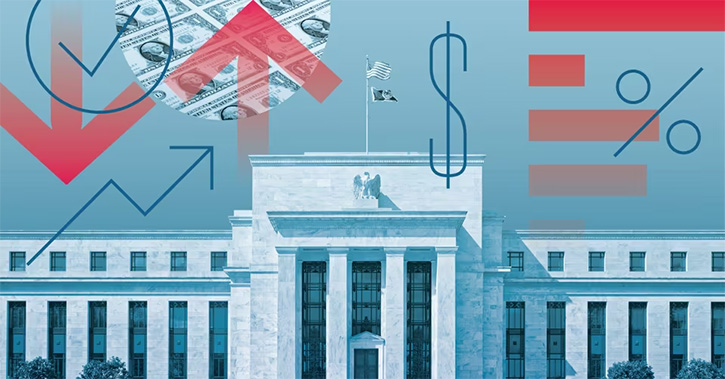This article is part of Morningstar's "Perspectives" series, written by third-party contributors.
Like generals fighting the last war, investors seem very focused on what will trigger the next financial crisis, while bullish scenarios are generally dismissed as pipedreams.
Signs of bubble trouble in equity markets have in my view dissipated. But as the risk of a market meltdown has fallen, could the chances of a melt-up have risen?
I have a fascination for market bubbles. They appeal to the hobby historian in me, raise interesting human interest stories about both success and destruction, and are intriguing from a behavioural perspective. How does it come investors continue to fall into the same kind trap over and over again and indulge in irrational exuberance?
Over the past 25 years I worked as an investor I have created an index that allows me to monitor whether bubbles are emerging or not. Modest as I am, I called this the Heiligenberg Index. We previously looked at how to spot market bubbles in this Morningstar article, but significantly for investors it is the timing that is so hard to get right.
The index has signalled both the 2000 and 2008 bubbles quite well and the index is clearly elevated in the first half of 2008. However, the index has been declining steadily over the past year, indicating that bubble formation in the equity market is actually less far advanced than previously indicated. There are several reasons for this improvement.
They include lower valuations – higher earnings while S&P price level is at similar level than January 2018 – a more accommodative Fed and low US yields.
Before indulging in the possibility of a bullish scenario I need to start with a warning. We have written extensively about the structural long-term headwinds for equity markets like demographics, debt, income inequality, record profit margins and populism.
These headwinds have not gone away but possibly before these headwinds take hold I increasingly see the case for market "melt-up" in the medium term.
First off, the December correction reversed very quickly, giving investors’ confidence that there are buyers on market dips. This usually draws investors into markets due to “fear of missing out” or FOMO.
Risk of Recession Recedes
Equity markets typically anticipate recession six-to-nine months ahead, but our roadmap suggests that the risk of recession has moved further into the future, possibly now coming in 2021 or 2022. This gives enough space for markets to go back to more mid-cycle dynamics, where investors tend to buy equities in the dip instead of selling the rallies. Retail investors are now getting more involved in equities too, both in US equities – which are seeing their first net inflows in years – but also particularly in Chinese equities.
Our head of economics, Tim Drayson, believes that the framework of the Fed is changing towards average inflation targeting i.e. a structurally more dovish stance. This implies in my view, that the Fed will be less sensitive to asset bubbles. If he is right, this could make us very bullish on equities.
In addition to this, the so-called “Modern Monetary Theory” supports the case for the Fed’s framework to be changing, as it’s a justification for central banks to consider even more unconventional policy measures.
Other reasons for renewed optimism include the technology investment stories such as artificial intelligence which make the sector very appealing. The possibilities yielded by this new tech apply across every sector and large-cap technology players are front and centre of this profound long-term investment theme. This is despite fears of backlash against the sector, and although the regulatory risk is real, investors may be too concerned.
So how do I marry these seemingly conflicting views? To be honest I continue to think we should still gradually reduce equity risk on strength in 2019. Although bubble formations happen more than you might think, they are not the norm - they are an alternative scenario. We need to take into account that lots of our moderately positive equity returns for the year is priced by the markets in less than a quarter. With most US equity indices up more than 10% as I type and many of the positives outlined in the outlook priced, we can’t become too optimistic.
As always one needs to be flexible. There are a few indicators that could increase the likelihood of a bubble: broad participation of the retail investor, tech companies really starting to outperform and the Fed firming up on average inflation targeting as their future framework for monetary policy.
Morningstar Disclaimer
The views contained herein are those of the author(s) and not necessarily those of Morningstar.











.jpg)
















